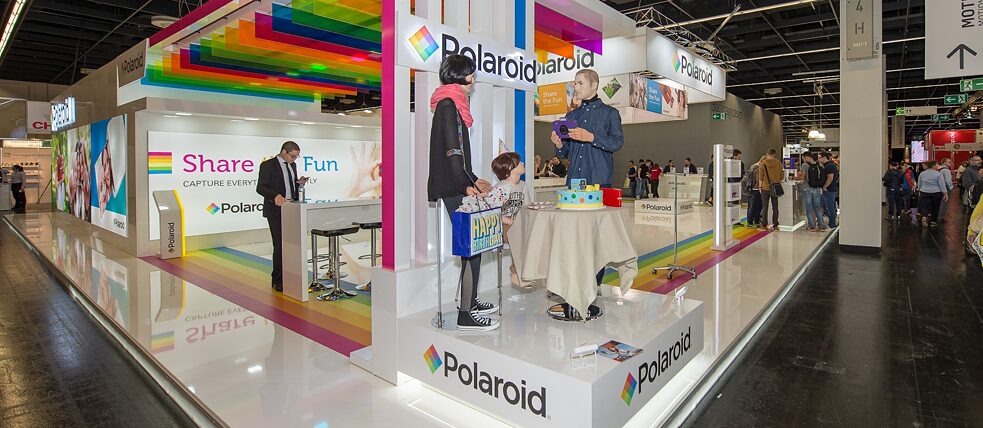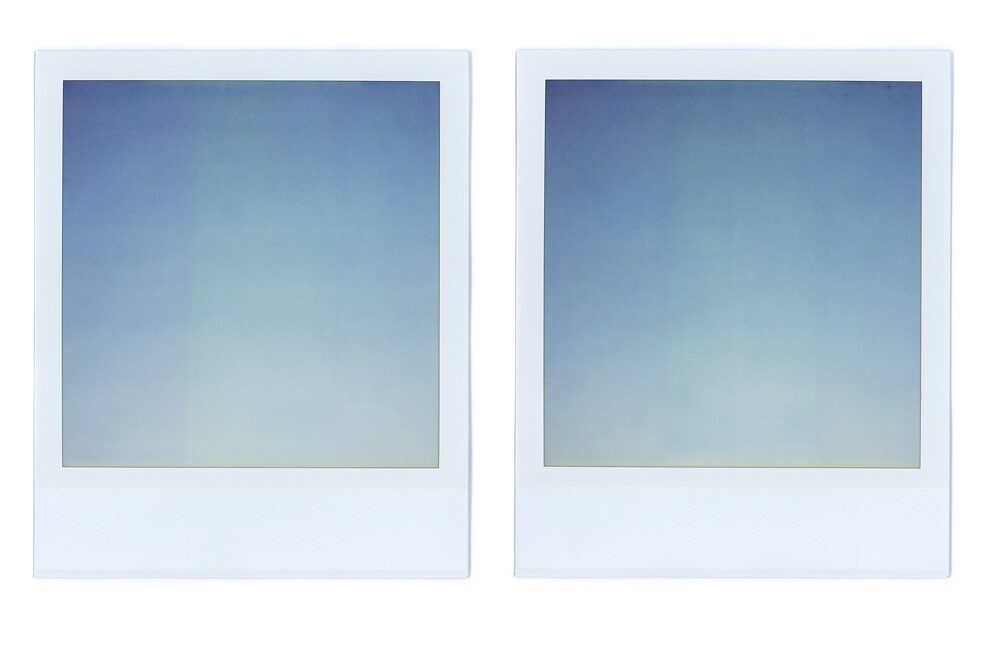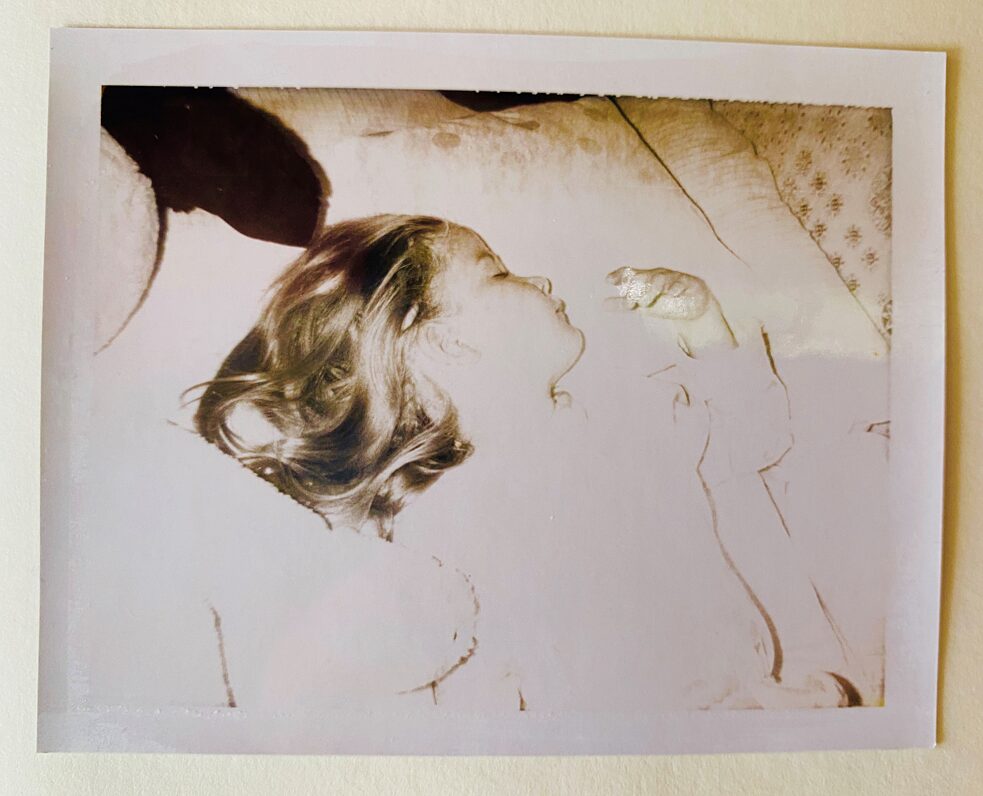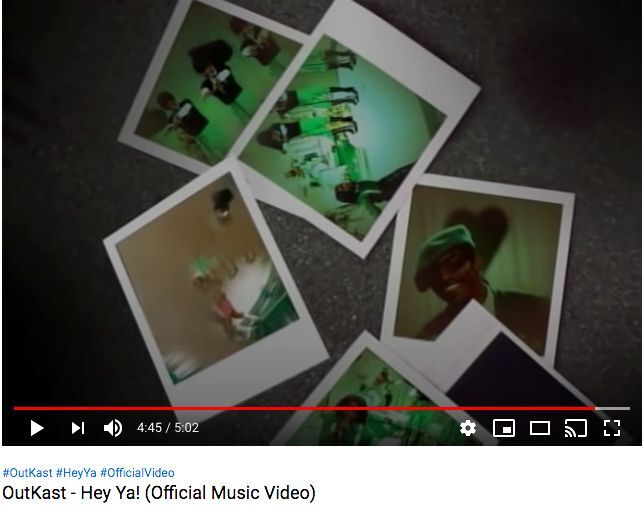Edgar Leciejewski’s bildarchive
The Polarity of Polaroids

While Polaroids seem fun, fast and freely accessible, they come with some in-built baggage, from negotiating visual absences to color casts to ecological concerns. Leipzig photographer Edgar Leciejewski, who has produced thousands of Polaroids in his bildarchive series dine & dash, comes away with a sobering conclusion.
By Jutta Brendemuhl
Just out in May 2020 is Dennis Jelonnek’s book Fertigbilder on “Polaroid Instant Photography as a historic and aesthetic phenomenon”. Jelonnek, an art historian at Freie Universität Berlin, looks at the technology of this “one-step photography“ and its application in and impact on art as used by Robert Heinecken, Andy Warhol, Marcel Duchamp and Cyprien Gaillard. You can read an extensive excerpt from the book (in German) that analyzes the first 60 seconds of Polaroid inventor Edwin Land's presentation of his innovation at the 1947 Optical Society of America conference: “It already became apparent in that first moment that the events of creating and presenting images were intertwined, but equally that omission and referencing absences would be of central importance as well in the staging and propagation of the new medium.”
For artist Edgar Leciejewski’s concept for his photo series dashes, the chosen blue sky vistas—from the inside of his studio out over the expanse of Spinnerei Leipzig arts district—uniquely lent itself to this lack of visual detail, as well as to playing with the Polaroid’s famous, or rather notorious, bluish-green tinge. Leciejewski is drawn to the color blue in his oeuvre; his 2017 series "A Circle Full of Ecstasy" is a wall-size, largely blue tableau of 77 individual panels, filtered out of 16 years of news and internet image research and archiving. What connects these portrait photos on a technical level is that they are the product of Cyanotype, a photographic printing process that deliberately produces a cyan-blue print (thus our term “blueprint” for simple, affordable images).
As most of us looking at family photo albums from the 1970s know (see me, aged 5, sleeping), Polaroids are not archival and fade or change color. Although according to Polaroid.com, “the American National Standards Institute says that Polaroid films do not fade any faster than any other photographic medium, as long as they are properly stored,” meaning it takes more than 100 years for them to fade if stored in an archival-quality album (which my family clearly failed to do).
Polaroid Support has an answer as to why the color cast: “If you happened to be shooting outdoors in very cold weather, that’s likely why. When a Polaroid photograph is developing, several sequential chemical reactions are occurring in a perfectly timed fashion. At least that's the idea. When our film is in an extremely warm or cold environment, the chemical reactions are no longer occurring exactly when they were intended to. At colder temperatures, chemical reaction rates slow down considerably.”
The phrase “chemical reaction” raises a decisive issue to consider around the use of instant photography. Edgar Leciejewski keeps a critical distance to Polaroids beyond technical or artistic issues: “I am not interested in new Polaroids. If it hadn’t been for that gift I received, I hadn’t bought any. For me, the technology is rooted in a time when humans were exploiting earth to the last, regardless of the impact. In the end, Polaroids are environmental wrecking balls: lots of plastic, chemicals, batteries, metals. I am not crying over the end of Polaroids. Thus also the series title dine & dash—running out and not paying the bill! Who’s paying for all this ‘fast-food’ Polaroid pollution?”
Food for thought (especially in light of the current renaissance of instant images and cameras) until we look out of Edgar Leciejewski’s windows again to discuss form and frames in art and photography next.


